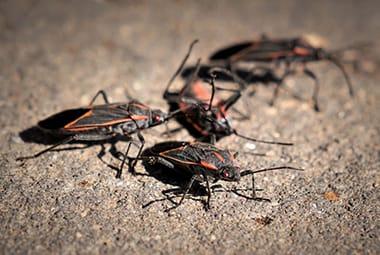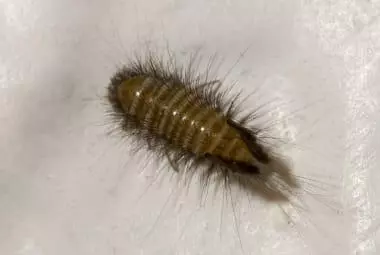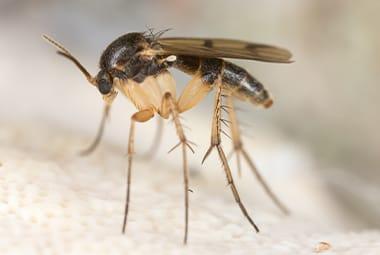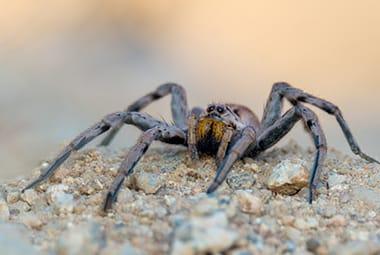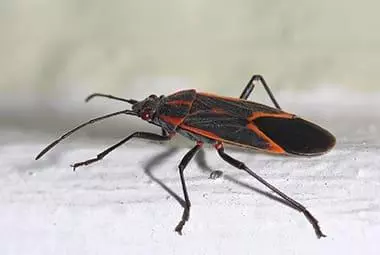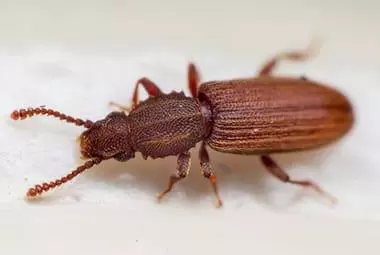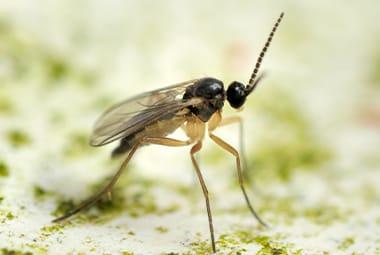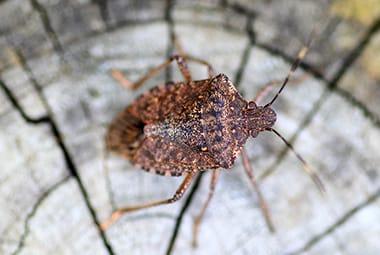Some people think that they only need to deal with pests in the spring and summer. This is a misconception. There are plenty of pests that can survive and even thrive in the colder months, especially in areas that have relatively mild weather, like here in Knoxville. With constant, ongoing pest problems, investing in year-round pest control from Russell’s Pest Control for your Knoxville home is a wise decision. There are multiple benefits to having consistent protection 365 days a year.
Summer and Spring Pests
These two seasons are known for huge swells in pest populations. Particularly problematic pests common in these seasons are mosquitos. They are incredibly dangerous and can spread serious diseases like malaria, West Nile virus, and yellow fever.
Other troublesome pests are wasps. A single wasp near your home is probably nothing serious, but when they build nests on your property, they can start causing problems. Wasps are social insects that swarm when they are disturbed, delivering incredibly painful stings to whoever they pursue.
With year-round pest control, both of these pests are dealt with before they cause issues.
Winter and Fall Pests
Pests will still give you trouble even when the temperature drops. If you’re an arachnophobe, you’ll be disappointed to learn that this is when spiders become more abundant and may even start moving inside. While most spiders are harmless, some spiders – black widows and brown recluse – are highly venomous and can cause serious injury or even death in extreme cases.
Mice and rats looking for warmth and food can make their way into homes and start creating problems. Not only do they contaminate food, but they also dirty houses with their droppings, oily fur, and gross odor. Additionally, they can spread diseases with their excrement, by mere contact or through bites.
With year-round pest control, neither of these pests will bother you. Frequent inspections can spot any potential entry points for rodents and spiders while also noticing signs of any incoming or ongoing infestations. Our technicians can also remove spiderwebs frequently, which keeps spider populations down.
Year-Round Pests
Some pests aren’t tied to a season. They create problems regardless of the weather. Bed bugs are one of these pests, and they are not easy to get rid of. They’re incredibly tiny and can cling onto nearly anything, transporting them long distances to end up in your home. One they’re there, they can quickly multiply and start feeding on your family.
Like bed bugs, cockroaches are active year-round, and they multiply quickly as well. They spread dangerous diseases, like cholera and dysentery; contaminate your food; and dirty up your home. Not only that, they are incredibly resilient and resistant to most forms of DIY pest control.
Year-round pest control can help identify the signs of pest infestations involving these pests and outline/follow through with treatment plans to get rid of them.
Year-Round Pest Control Options
At Russell’s Pest Control, we offer four different year-round pest control options. Our regular Power plan covers over 30 common pests, has a pest-free* guarantee, and quarterly inspections. These carry over to all other plans, including Power Gold, which provides additional termite protection with the Sentricon® System with Always Active™.
If you’re struggling with seasonal pests like mosquitos, our Power Plus plan is the best option. It provides all the benefits of the regular Power tier and also monthly service during active months for seasonal pests. If you’re looking for complete coverage, our Power Platinum plan offers all the benefits of every single tier combined.
Contact Russell’s Pest Control today to get started with a year-round pest control program to help keep you and your family safe from pests.

